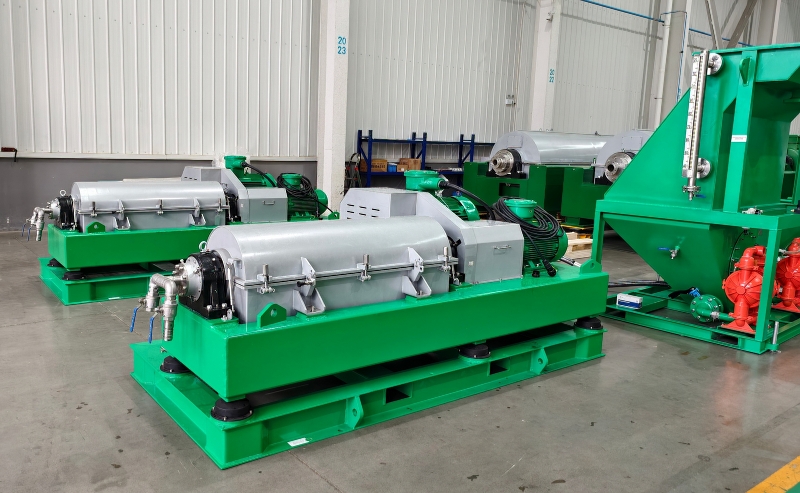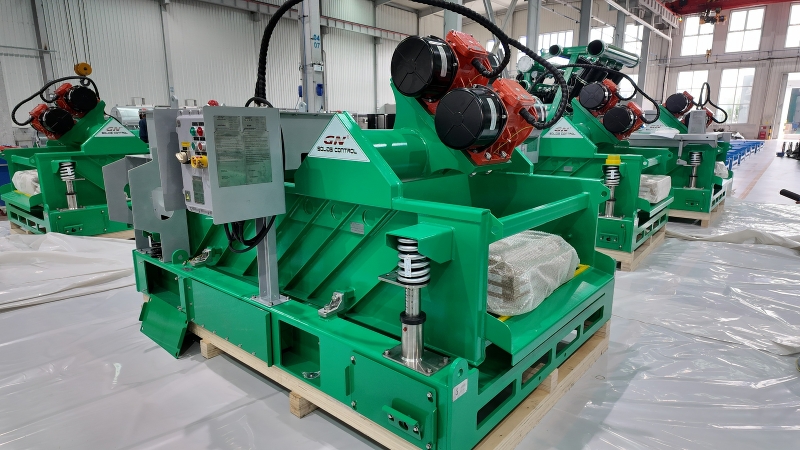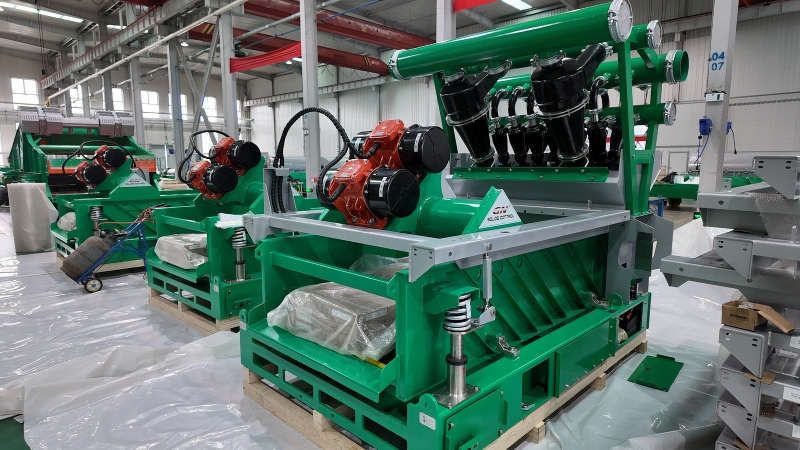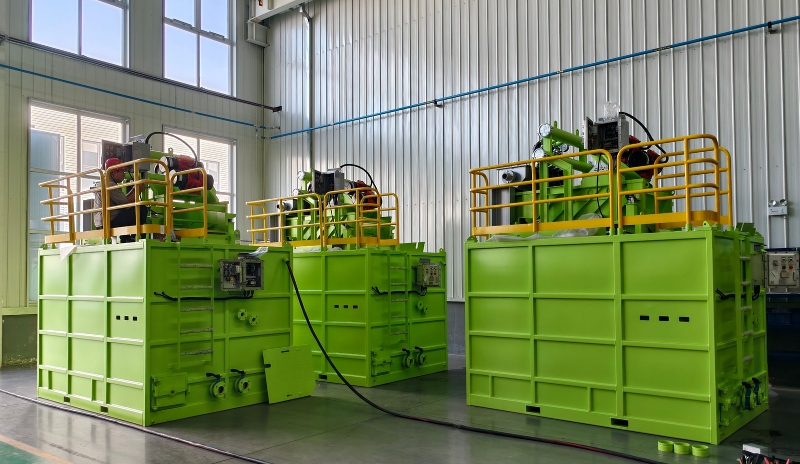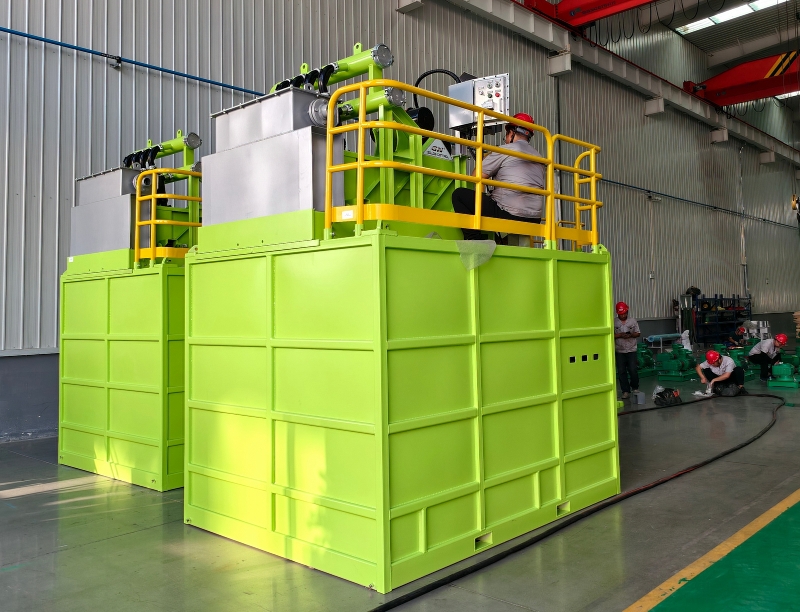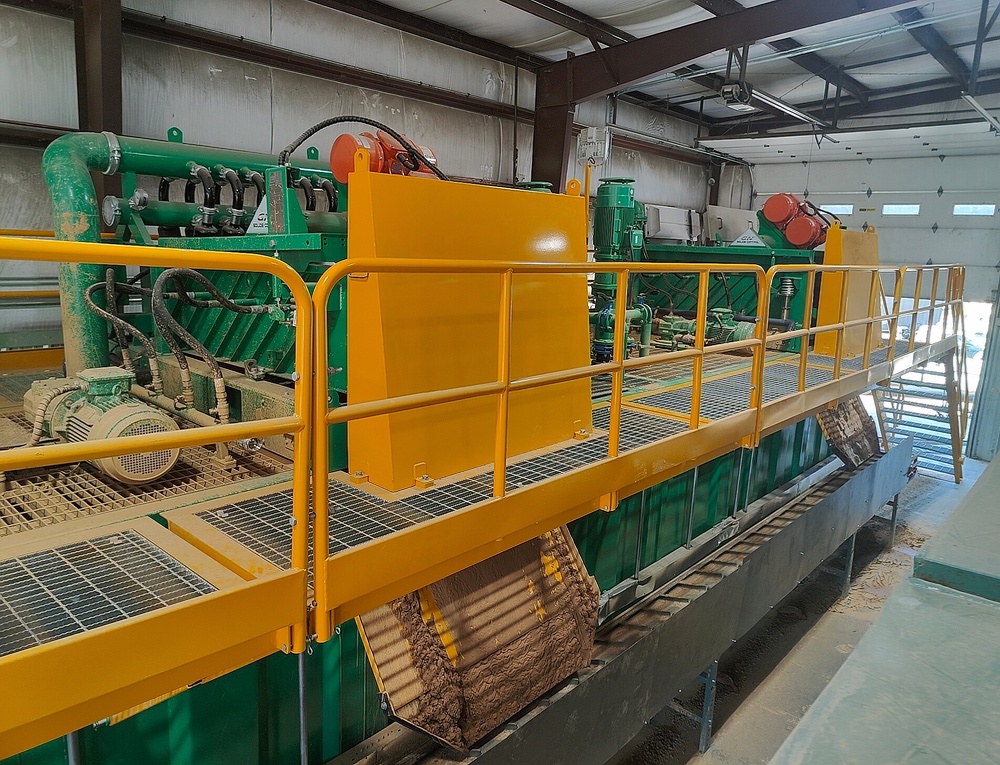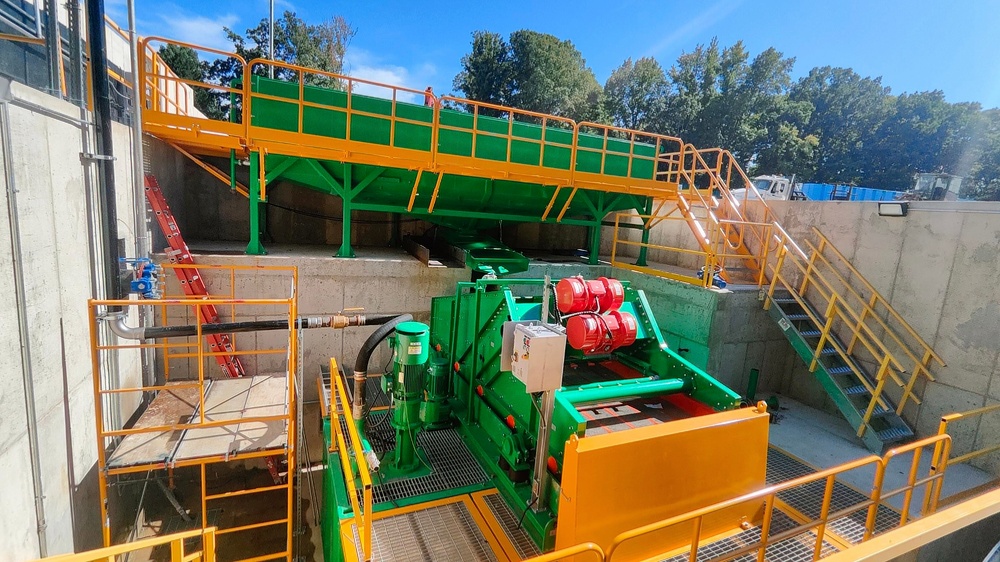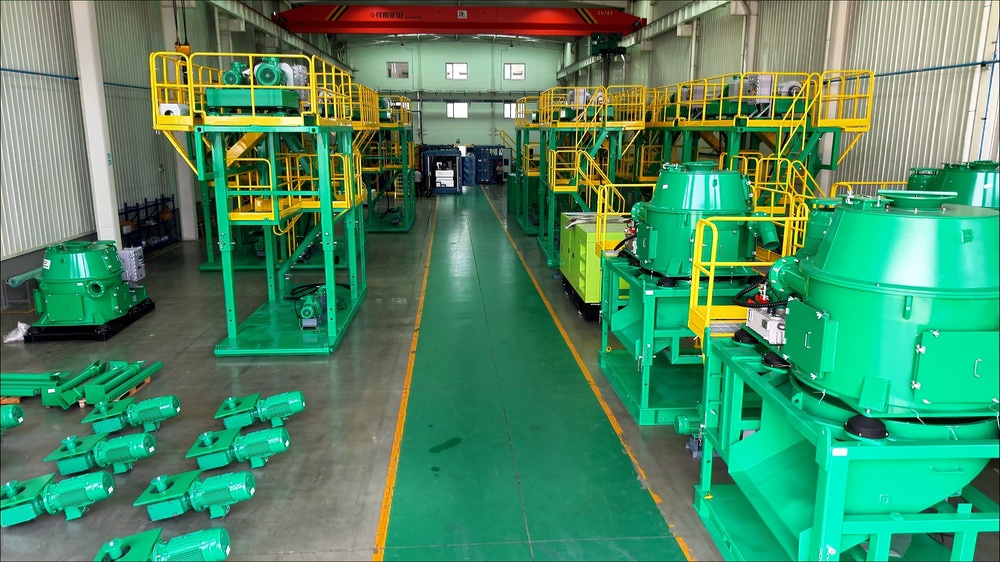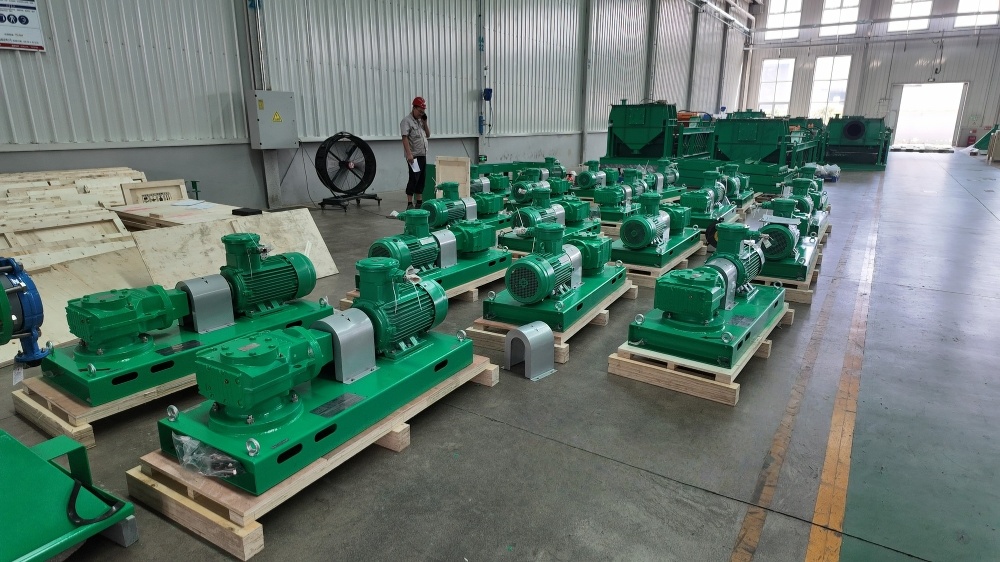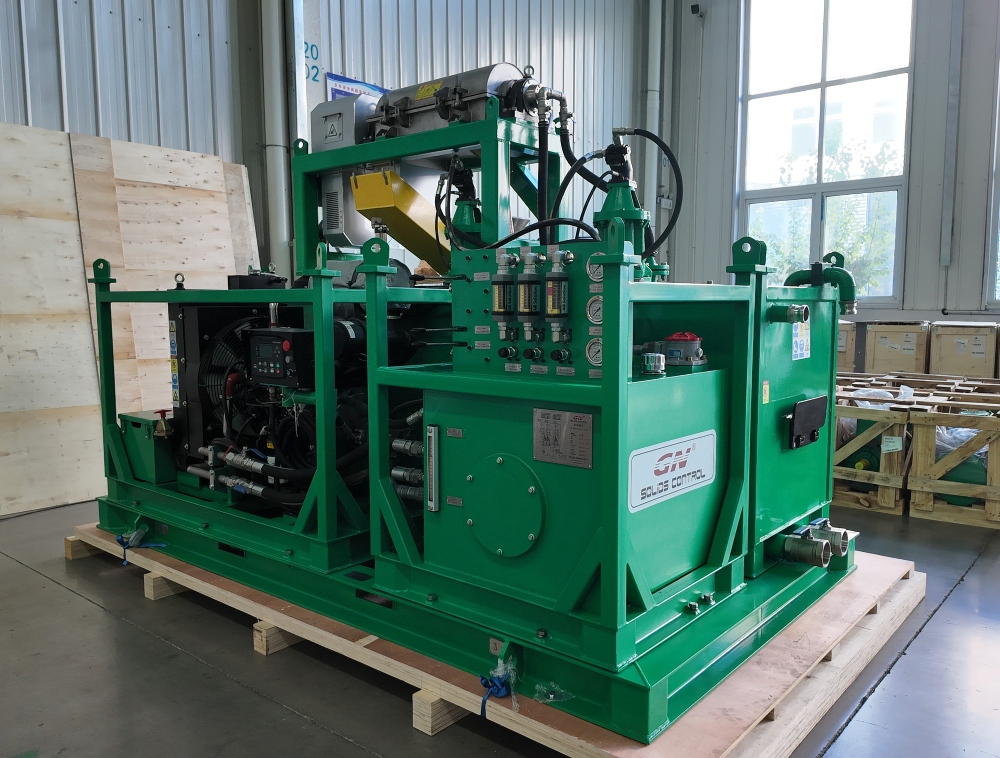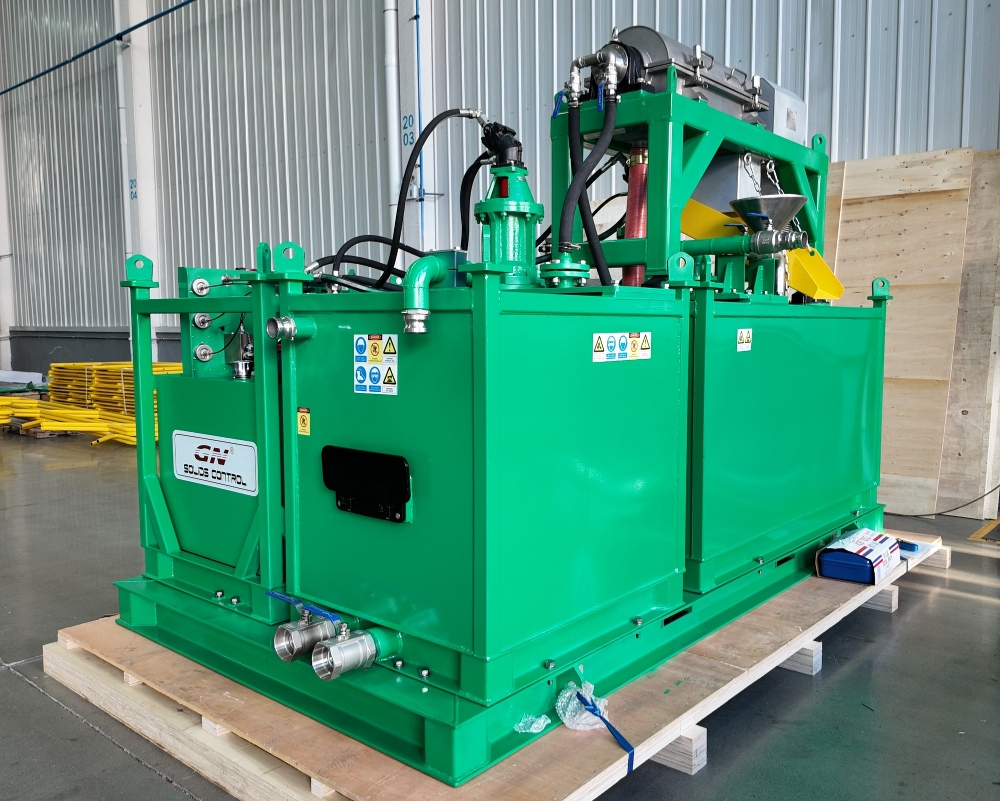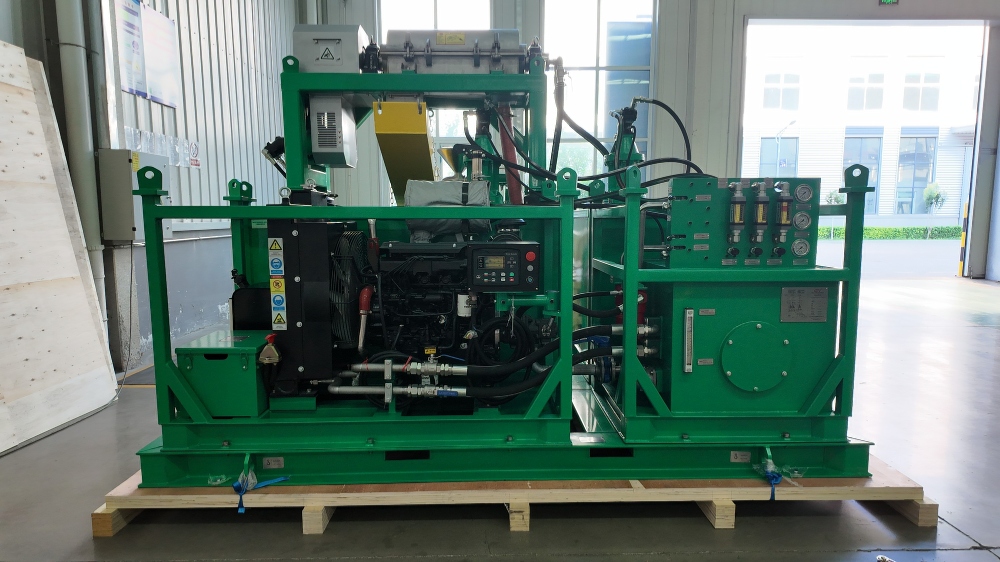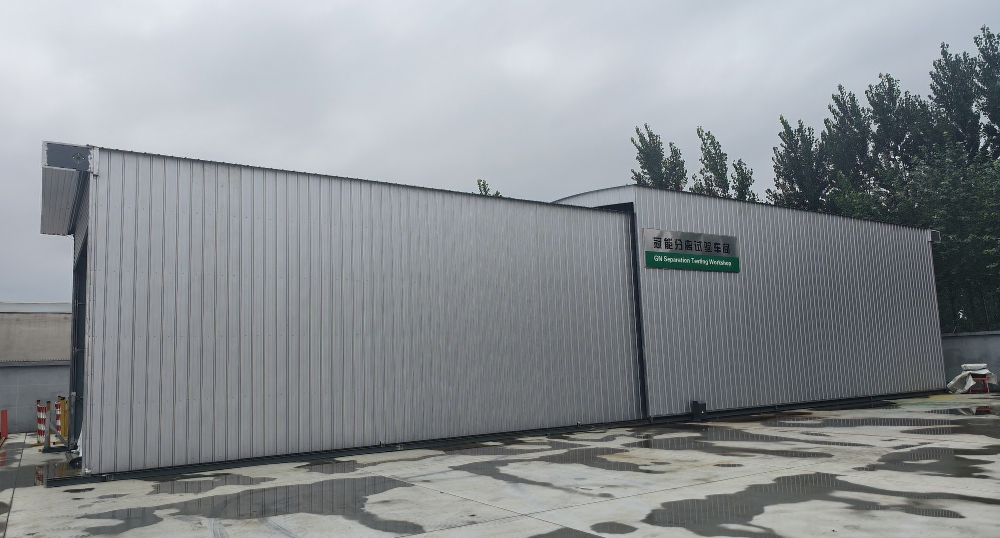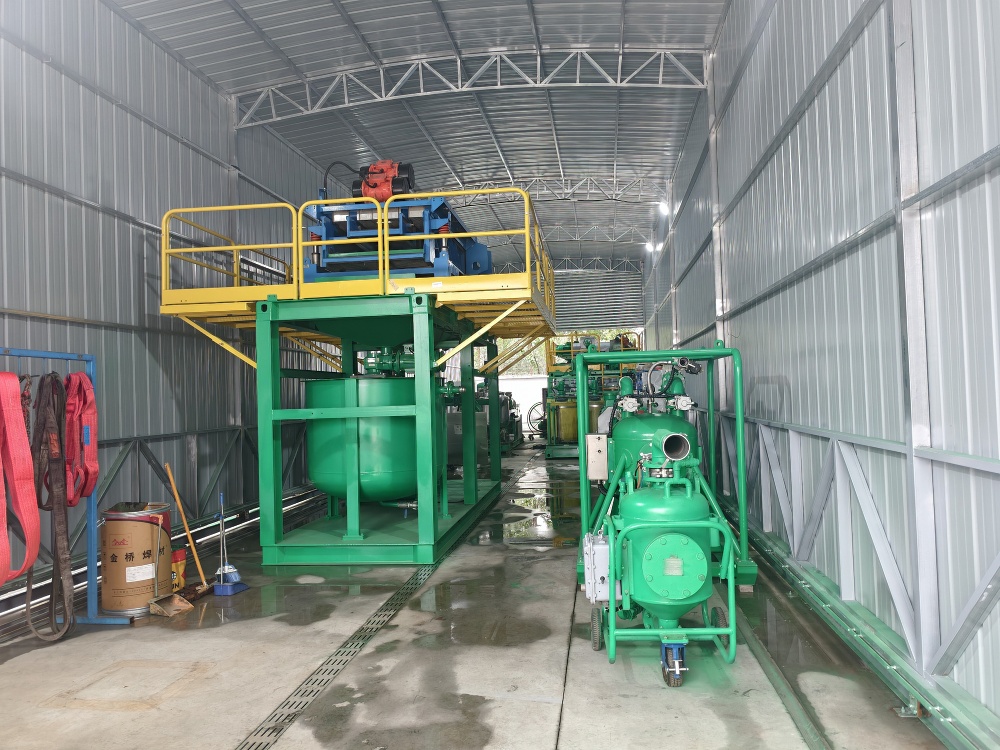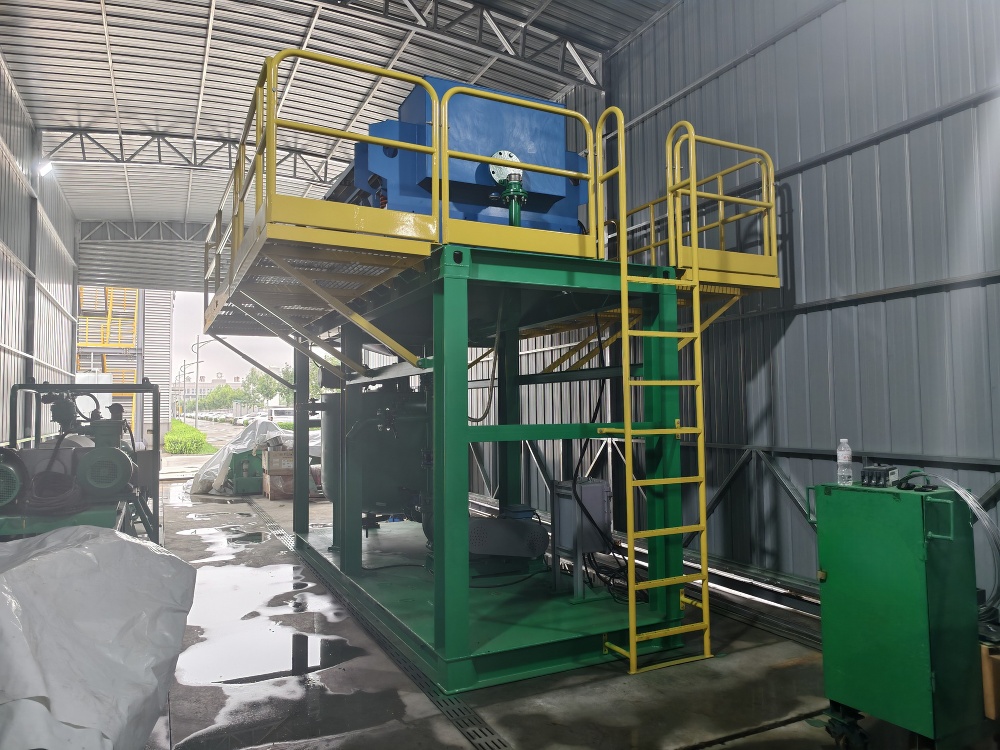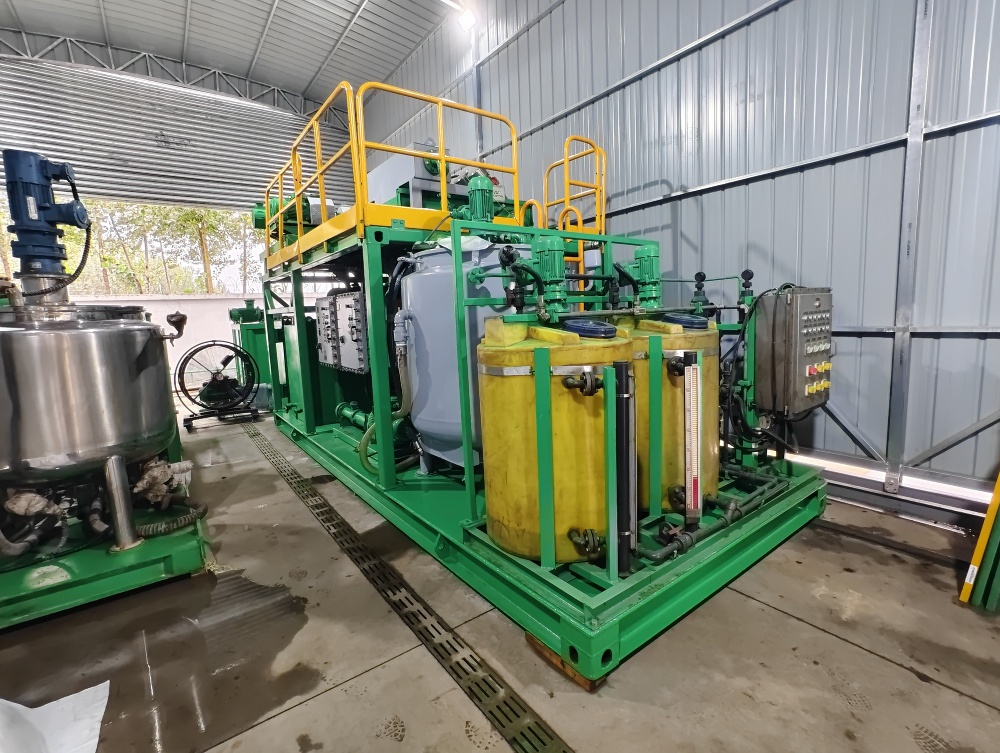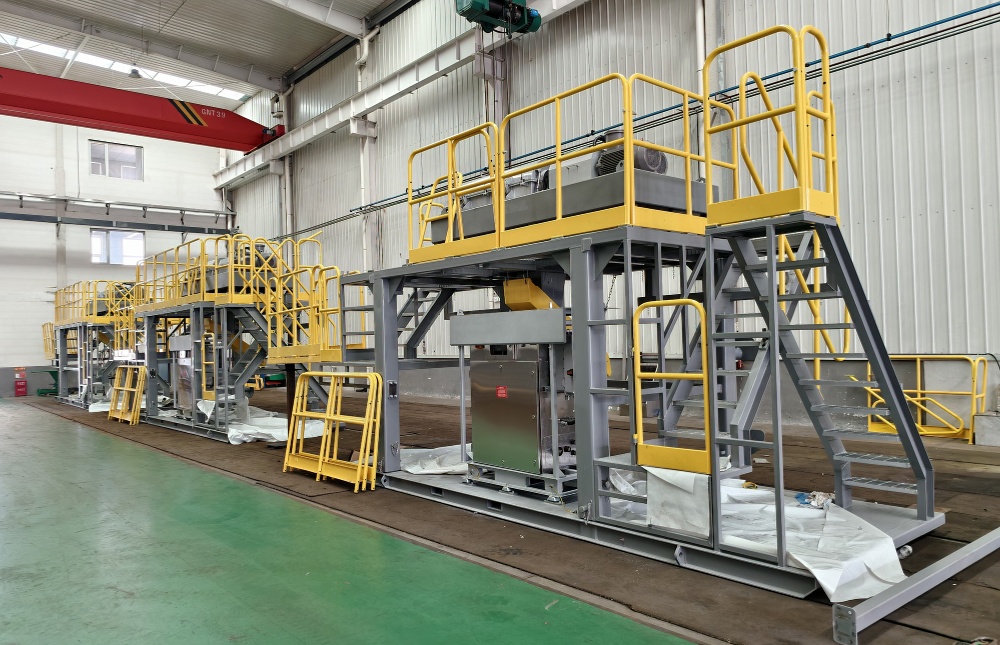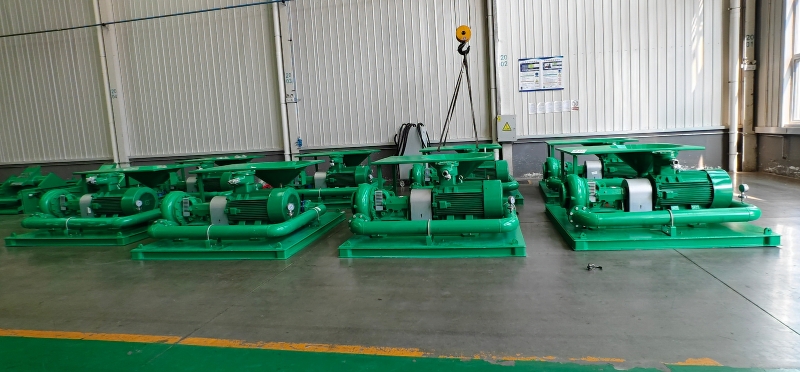

GN Solids Control is a leading Chinese manufacturer and global supplier of solids control and drilling waste management equipment for the oil & gas, HDD (Horizontal Directional Drilling), and tunneling industries.
Industries Served
Oil & Gas Drilling (Onshore & Offshore)
Horizontal Directional Drilling (HDD) for pipelines and utilities
Tunneling and Geothermal Drilling
Environmental Remediation (e.g., slurry wall drilling)
Key Features and Market Position
Cost-Effective Alternative: GN is often positioned as a high-quality, more affordable alternative to Western premium brands like MI-SWACO (a Schlumberger company) and Derrick.
Global Reach: They have a significant international presence, with equipment operating in every major oil and gas region, including North America, the Middle East, Asia, Europe, and Africa.
Focus on HDD and Tunneling: While strong in oil & gas, GN has successfully tailored its equipment for the HDD and tunneling industries, where space and efficiency are paramount. Their smaller, skid-mounted systems are very popular in these sectors.
Strong Online Presence: GN is known for its effective use of digital marketing, making their products and information easily accessible online.
About the jet mixing unit,A Jet Mixing Unit, also known as a Mud Mixing Hopper or Jet Hopper, is a fundamental piece of equipment in any drilling fluid (mud) system. Its primary purpose is to efficiently and uniformly mix dry, powdered additives (like Bentonite, Barite, polymers, and chemicals) into the liquid phase (water or oil) to create and maintain the drilling mud.
How a Jet Mixing Unit Works
The operation is based on the Venturi Effect:
Pumping: A centrifugal pump (often a dedicated “mixing pump”) takes suction from the active mud tank and discharges a high-pressure stream of fluid.
Venturi Action: This high-pressure stream is directed through a nozzle inside the hopper, creating a high-velocity jet and a zone of low pressure (a vacuum).
Induction & Mixing: The created vacuum sucks the dry powder from the hopper’s bowl down into the throat of the educator. The high-velocity jet shears and instantly hydrates the powder particles, preventing them from clumping together into “fish eyes.”
Discharge: The mixed slurry is then discharged directly back into the mud tank.
In essence, the Jet Mixing Unit is the “kitchen” of the drilling fluid system. It’s where the “recipe” for the drilling mud is prepared. GN Solids Control provides reliable and efficient jet mixing hoppers that are a crucial first step in the process of creating and maintaining the high-quality drilling fluid essential for a safe, efficient, and successful drilling operation.
For more info about the cases, please find MichaelSong.
Position: Europe Manager
Whatsapp: + 86 178 0179 9913
Email: michael@gnseparation.com/michael@gnsolidscontrol.co
